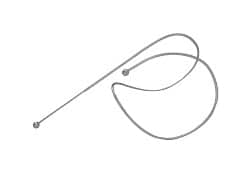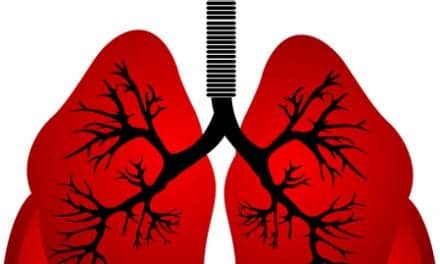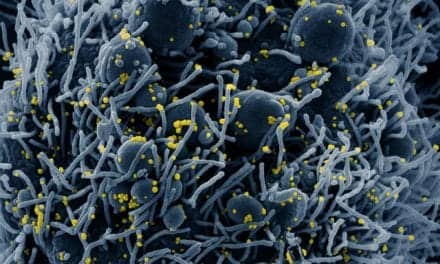 Severe emphysema patients treated with endobronchial coils saw a marked improvement in 6MWT distance after 12 months, according to a study published online by JAMA and presented at the American Thoracic Society 2016 International Conference.
Severe emphysema patients treated with endobronchial coils saw a marked improvement in 6MWT distance after 12 months, according to a study published online by JAMA and presented at the American Thoracic Society 2016 International Conference.
Frank C. Sciurba, MD, of the University of Pittsburgh, and colleagues assessed the 1-year effectiveness and safety of endobronchial coils on exercise tolerance, quality of life, and lung function in patients with severe emphysema.
The endobronchial coils in this study were nitinol (a metal alloy) wires that were implanted in the lungs with an endoscope. The coils regain their preformed shape following deployment and restore elastic properties in lung tissue and improve ventilatory mechanical function. Patients with advanced emphysema and severe lung hyperinflation (an abnormal increase in lung capacity) have few treatment options to relieve dyspnea (shortness of breath). Preliminary clinical trials have demonstrated that endobronchial coils may improve lung function, exercise tolerance, and symptoms in patients with emphysema and severe lung hyperinflation.
For this study, the researchers randomly assigned patients with severe emphysema to continue usual care alone (guideline based, including pulmonary rehabilitation and bronchodilators; n = 157) or usual care plus bilateral coil treatment (n = 158) involving 2 sequential procedures 4 months apart in which 10 to 14 coils were placed in a single lobe of each lung.
Among the study participants, 90% completed the 12-month follow-up. Median change in 6-minute walk distance (a measure of exercise tolerance) at 12 months was 10.3 m (33.8 feet) with coil treatment vs -7.6 m (24.9 feet) with usual care, with a between-group difference of 14.6 m (47.9 feet). Improvement of at least 25 m (82 feet) occurred in 40% of patients in the coil group vs 27% with usual care. Patients in the coil group also showed overall clinically important improvements in quality of life and greater improvement on a measure of lung function, although less than a clinically important difference.
Major complications (including pneumonia requiring hospitalization and other potentially life-threatening or fatal events) occurred in 35% of coil participants vs 19% of usual care. Other serious adverse events including pneumonia and pneumothorax (free air in the chest outside the lung) occurred more frequently in the coil group.
“Among patients with emphysema and severe hyperinflation treated for 12 months, the use of an endobronchial coil compared with usual care resulted in an improvement in median exercise tolerance that was modest and of uncertain clinical importance, with a higher likelihood of major complications. Further follow-up is needed to assess long-term effects on health outcomes,” the authors write.









